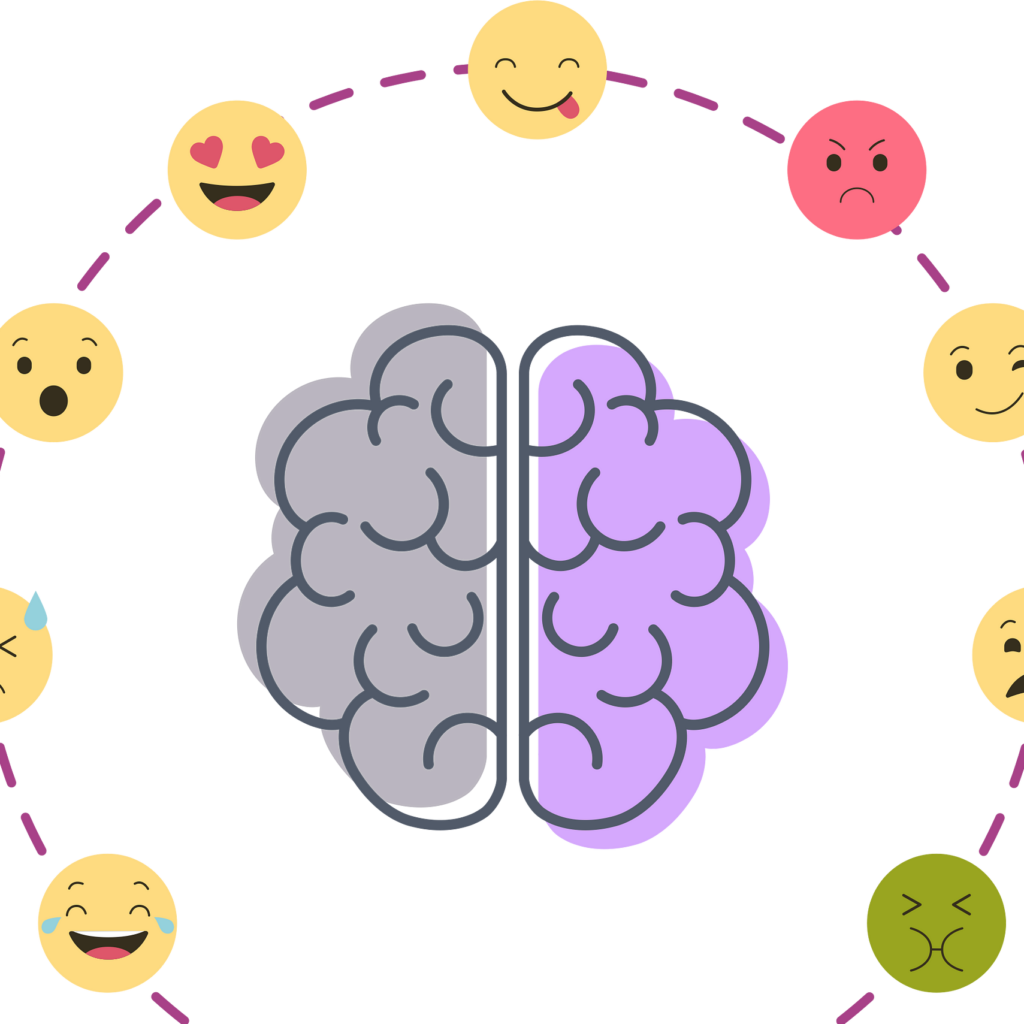whatsapp me+0000000000
Blog Details

Beyond Clicks: Designing for Emotions that Drive Engagement
In the digital landscape, where attention is a precious currency, the click has become the undisputed king. We orchestrate dances of buttons, craft irresistible calls to action, and chase metrics that quantify the number of times our pixels are tapped. But in this relentless pursuit of the click, we often forget a fundamental truth: engagement is not a mechanical act, it’s an emotional symphony.
Clicks are like the notes on a page – necessary, but not sufficient to create a melody that resonates. To truly engage users, we must delve deeper, into the realm of emotional design. This is where we shift our focus from the mechanics of interaction to the feelings we evoke. It’s about understanding how our creations make people feel, and using those feelings to weave a tapestry of experience that draws them in and keeps them coming back for more.
Think about the last time you were truly captivated by a digital experience. Was it the sleek interface? The intuitive navigation? Or was it something more? Perhaps it was the feeling of accomplishment after completing a challenging task in a game. Or maybe it was the surge of joy when you stumbled upon a hidden easter egg in an app. These emotional moments are the real currency of engagement, the invisible threads that bind users to the things they love.
So how do we weave these emotional threads into the fabric of our designs? Here are some key principles to guide us:
Design for Joy and Celebration:
Humans crave positive reinforcement. Make your users feel like heroes, not hamsters on a wheel. Celebrate small wins with confetti explosions, surprise them with unexpected rewards, and turn completing tasks into mini-victories that trigger dopamine dances in their brains.
Fuel the Fire of Curiosity:
Don’t just tell users what to do, let them discover. Design interfaces that are puzzles to solve, mysteries to unravel, and adventures to embark on. Plant hints, leave breadcrumbs, and create an environment where every click is a step towards a satisfying revelation.
Paint the Future with Hope:
Help users see the light at the end of the tunnel. Show them how each action contributes to their bigger goals, how each step propels them closer to their Everest. Use inspiring visuals, motivating quotes, and progress bars that paint a picture of a brighter future they can achieve through your product.
Build an Emotional Bridge:
Empathy is the cornerstone of connection. Make your users feel seen and understood. Acknowledge their struggles, celebrate their triumphs, and be a virtual companion who shares their journey. Use personalized messages, adaptive interfaces, and emotional storytelling to build a bridge of trust and understanding.
Speak the Language of Emotions:
Visuals, sounds, and interactivity are the vocabulary of emotional design. Use vibrant colors to evoke joy, playful animations to spark curiosity, and unexpected sounds to create moments of surprise and delight. Craft stories that resonate with your target audience, and tailor the experience to their emotional needs.
Remember, designing for emotions is not about manipulation – it’s about understanding the human experience and translating that understanding into pixels and code. It’s about creating a space where users feel valued, connected, and empowered. When we do this, the clicks become a byproduct, not the goal. They become the happy sighs at the end of a good story, the applause at the climax of a thrilling game, the excited taps of anticipation for the next chapter.
So, let us move beyond the tyranny of the click. Let us become architects of emotional experiences, maestros of the digital symphony, and weave into the fabric of our creations the invisible threads that truly drive engagement: the threads of joy, curiosity, hope, empathy, and the beautiful language of human emotions.
Read More :
- “Microinteractions: The Tiny Details that Make a Big Difference”
- “Gamification: Turning Tasks into Playful Quests”
- “Storytelling in UX: Crafting Narratives that Connect”
- “Designing for Diversity: Creating Inclusive and Adaptable Experiences”
- “UI/UX Design Trends: A Decade in Review”
For more information :
- Nielsen Norman Group: https://www.nngroup.com/
- UX Collective: https://uxdesign.cc/
- Interaction Design Foundation: https://www.interaction-design.org/
- 10 Best Examples of Emotional Design: https://www.thinkwithgoogle.com/